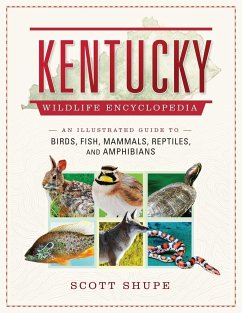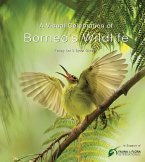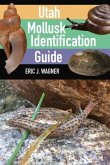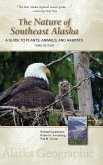"From the earliest European exploration and settlement of Kentucky, the state's wildlife has played an important role. Men like the legendary Daniel Boone were in part lured to Kentucky by the opportunity to hunt whitetail deer, bison, and elk; and the Native Americans living in the region sustained themselves largely by harvesting mammals, birds, and fish. While the state's wildlife is still an important resource for trappers, hunters, and fishermen, wildlife is also increasingly important for its intrinsic, aesthetic value. In the Kentucky Wildlife Encyclopedia, award-winning naturalist Scott Shupe has collected information on all the wildlife that resides in the Bluegrass State. Included are over 800 color photographs, depicting the different species of mammals, reptiles, amphibians, birds, and fish, while also offering over 600 range maps to show their territory. Along with basic information for the biology of each animal, Shupe includes the size, habitat, and abundance of each species located in the state." --








